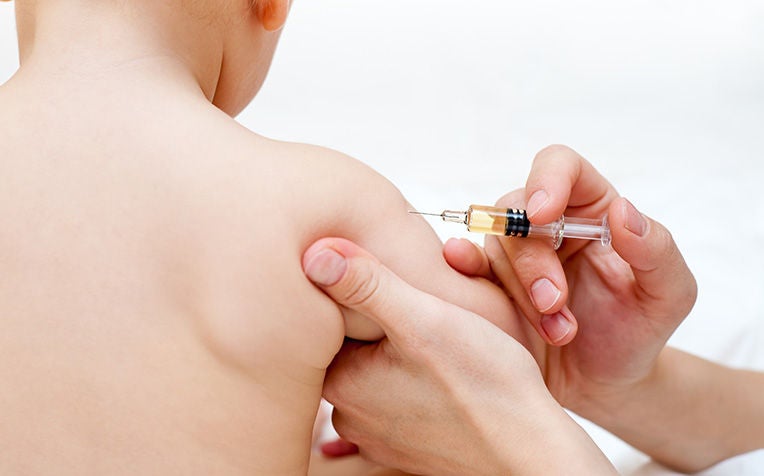
Protecting your child against hepatitis is not as hard as you think.
Do you know that nearly all infants and children infected with the hepatitis B virus do not develop any signs or symptoms? That means they may unwittingly pass the virus on to other children.
This nugget of information could save your child’s life. But many people are still a little hazy about aspects of hepatitis, including the different types of the disease and their modes of transmission.
How is hepatitis transmitted?
Hepatitis A
Unsanitary conditions are the root cause of hepatitis A transmissions. The virus is present in the stools of an infected person. It can easily spread to family members if they eat contaminated food or water, especially since the patient is infectious almost two to three weeks before developing symptoms.
Eating raw or partially cooked cockles is another common way of contracting the disease, though less common in children.
“Shellfish is often implicated because, in less developed countries, human waste is often emptied into rivers and canals, which then flow into the sea where shellfish breed,” said Associate Professor Thoon Koh Cheng, Head and Senior Consultant, Infectious Disease Service, KK Women’s and Children’s Hospital (KKH), a member of the SingHealth group.
Hepatitis B
Hepatitis B, on the other hand, is transmitted just like the human immunodeficiency virus (HIV) – through infected blood or other bodily fluids (semen or vaginal fluids). But the hepatitis B virus is 50 to 100 times more infectious than HIV.
Hepatitis C
Similarly, hepatitis C is spread through direct contact with infected blood, but less commonly through other bodily fluids.
“The most common way a child contracts hepatitis B or C is during birth, if the mother is infected. Other ways include coming into close contact with an infected household member, or getting cut by instruments or objects that have been contaminated by infected blood, for example, through tattooing, body- or earpiercing, acupuncture, sharing needles and, in some rare instances, through biting,” said Assoc Prof Thoon.
Protect your child against hepatitis by enforcing hygiene practices
Besides getting vaccinated, the best way to protect your child against hepatitis A is to enforce strict hygiene practices such as regular hand-washing at home. If you visit a country where poorer sanitation standards prevail, it is best to watch what you eat and drink.
“For food, there’s an old adage – if it is not boiled, cooked or peeled, don’t eat it. Care must also be exercised with drinks, particularly iced ones. While the water that is used to make the drink may have been hygienically obtained, the ice cubes may be contaminated during or after preparation,” warned Assoc Prof Thoon.
Ref: O18
Contributed by














 Get it on Google Play
Get it on Google Play